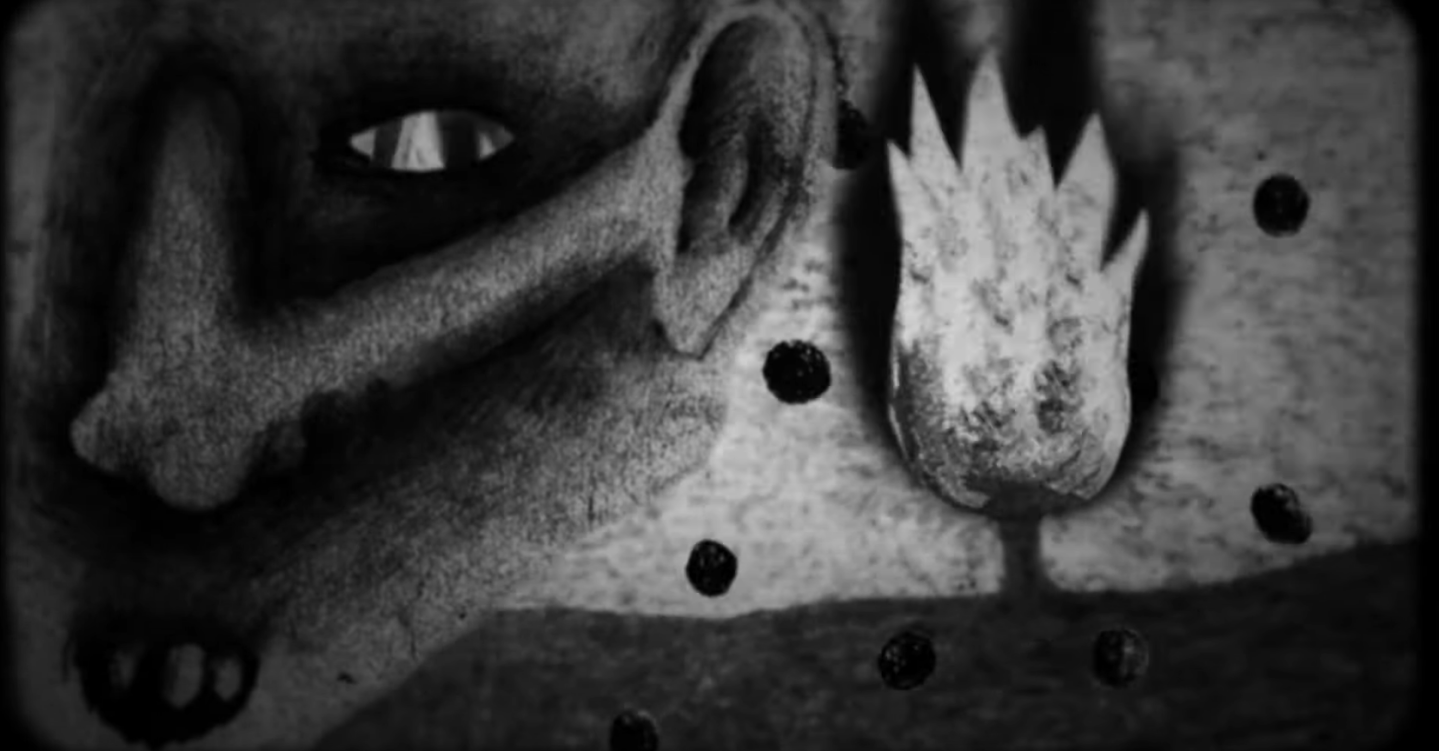Your handy one-stop-shop for cinephile news, articles, and videos from the week that was.
News Roundup
• In advance of launching their virtual festival on May 28, Hot Docs announced the winners of this year’s edition. Jean-François Lesage’s Prayer For A Lost Mitten, which follows a diverse group of people who intersect at the Montreal Metro’s lost and found, won Best Canadian Feature Documentary, while Michèle Stephenson’s Stateless, which chronicles the rise of the Right in the Dominican Republic, took home the Special Jury Prize.
• Lynn Shelton, who was known for her work on television shows like Mad Men as well as for directing mumblecore touchstones like Humpday, passed away this week at the age of 54. On the latest episode of the WTF podcast, Marc Maron pays touching tribute to his romantic and creative partner.
• It’s the end of an era. After countless outcries on Twitter for Warner Bros. to #ReleasetheSnyderCut (i.e. the version of Justice League the director made before Joss Whedon was brought in to handle reshoots), the studio has heeded the call and will release this new version on HBO Max sometime in 2021.
Reading Roundup
• For Criterion, Giles Sherwood describes the challenges and quirks of restoring Spike Lee’s 2000 satire Bamboozled (pictured above), which was one of the first mainstream movies to be partially shot on standard-definition video. “The first step in any restoration is to determine which source elements to use. In the case of Bamboozled, the Super 16 mm original camera negative was the obvious choice for the film-based shots, reserved in the movie for the presentation of the minstrel show itself. But we had a big decision to make regarding the MiniDV that makes up most of the film. Should we source from the 35 mm interpositive used to make theatrical prints, or go all the way back to the standard-definition interlaced PAL DigiBeta tapes that predated Lee’s final picture lock?”
• Over at Filmmaker Magazine, Vadim Rizov reports on distributors’ and art house theatres’ mass adoption of Virtual Cinema models and contemplates to what extent this style of offering will complement or supplant brick-and-mortar theatrical exhibition once the pandemic is over. “Will virtual theatrical become its own release window — a complement to the traditional theatrical release window and, potentially, even, a new first home video window before regular TVOD (transactional video-on-demand) and SVOD (subscription video-on-demand) — on a permanent basis, even when and if theaters return to normal?”
• In her dispatch from True/False for POV Magazine, Samara Grace Chadwick surveys some of the standouts from this year’s iteration of the documentary festival while highlighting the ways T/F differs from other nonfiction showcases. “Over time, the meaning of True/False in the American documentary landscape has shifted in response to the greater ecosystem of other festivals. Steadily, major events like Sundance and TIFF have been leaning towards risk-aversion, especially when it comes to their documentary slates. This aversion attracts specific types of film, those deemed “commercially viable”: biopics, works by well-established filmmakers, and “definitive accounts” of certain breaking news stories. Embedded within this quasi-algorithmic approach to programming is a circular prophecy. By selecting films deemed to be viable, A-list festivals often ensure that very viability.”
• “A few weeks ago I participated in an online discussion of Nosferatu organized by the Los Angeles group Yiddishkayt. One of the last questions put to the panel concerned Nosferatu’s use-value today. Begging the question as to whether art must be useful, one need only have eyes to see Nosferatu as great filmmaking and an interest in 20th-century history to recognize it as a revealing social document. But more than a prime example of the Weimar imaginary, Nosferatu illuminates a primal fear—that of foreign contagion.” For Tablet, J. Hoberman reflects on the legacy of Murnau’s masterpiece and considers how its examination of Weimar-era xenophobia might pertain to certain circumstances today.
Viewing/Listening Roundup
• Spike Lee’s Da 5 Bloods will be released on June 15 on Netflix. The first trailer for the film is below.
• Abel Ferrara’s Tommaso, a portrait of the artist at work (as played by his onscreen surrogate, Willem Dafoe), now has a trailer courtesy of Kino Lorber. The film will be released in virtual cinemas on June 5th. Lawrence Garcia wrote about it for the VIFF Blog when it played in the Italian Film Festival back in January.
• Previously unavailable, David Lynch’s 2015 short film Fire (Pożar) was released on YouTube yesterday. Lynch wrote, directed, and animated the work while Marek Zebrowski composed the music.
Miscellaneous
